Risk of disability due to dangerous disease
Ms. N. (59 years old, from Ca Mau province) suffered from prolonged back pain that spread down both legs, making it increasingly difficult to walk. In recent days, the pain was so severe that she almost lost the ability to move, forcing her to be admitted to the emergency room at Nam Sai Gon International General Hospital (HCMC).
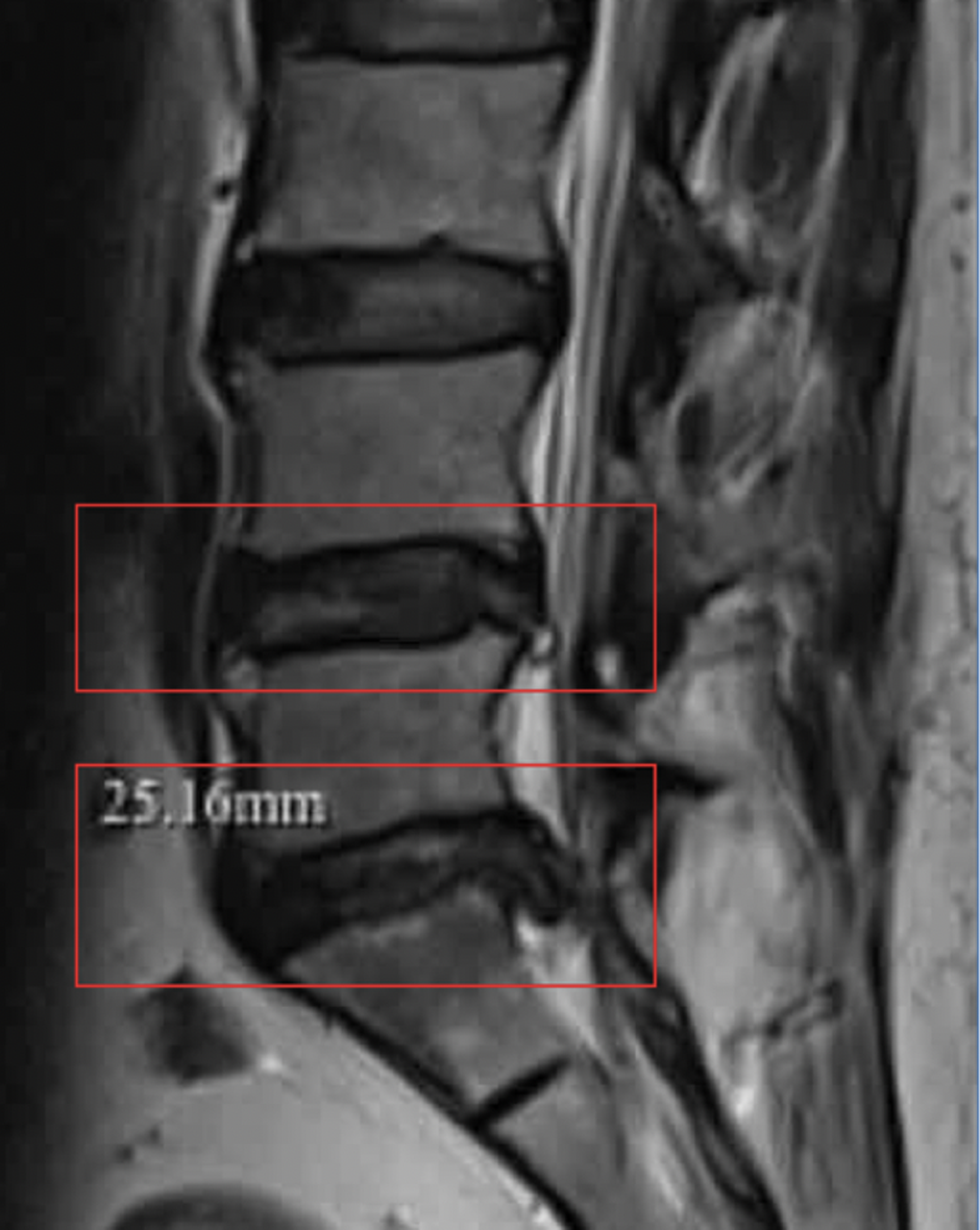
Patient's spine before surgery (Photo: BVCC)
MRI imaging results at the hospital showed that the patient had spinal degeneration with multi-level disc herniation at L4-L5, causing bilateral L4 nerve root compression and L5-S1 herniation, compressing the right S1 nerve root.
This is the reason why she has to live with constant pain and faces the risk of paralysis if not treated promptly.
“Multi-level disc herniation often causes severe, prolonged and widespread pain. Medical treatment in these cases is less effective.
If left untreated, the patient may face complications of chronic pain, muscle atrophy, and even disability.
The team considered surgery. But this case was quite complicated as the patient had a history of essential hypertension and Cushing's syndrome, which increased the risk of complications during surgery such as bleeding, infection and poor wound healing," said Dr. Nguyen Hai Tam, Department of Neurosurgery - Spine.
Techniques for treating multiple spinal diseases at the same time
After comprehensively assessing the patient's condition, the Neurosurgery - Spine team including Dr. Nguyen Hai Tam and Dr. Nguyen Tai Thien chose the TLIF method (Transforaminal Lumbar Interbody Fusion - spinal fixation and interbody fusion through the intervertebral foramen).
This is one of the advanced techniques of spinal surgery, requiring the surgeon to have solid expertise, extensive experience and absolutely precise manipulation.
Even a small mistake during decompression or fixation can lead to serious complications such as nerve damage, spinal instability or hernia recurrence.
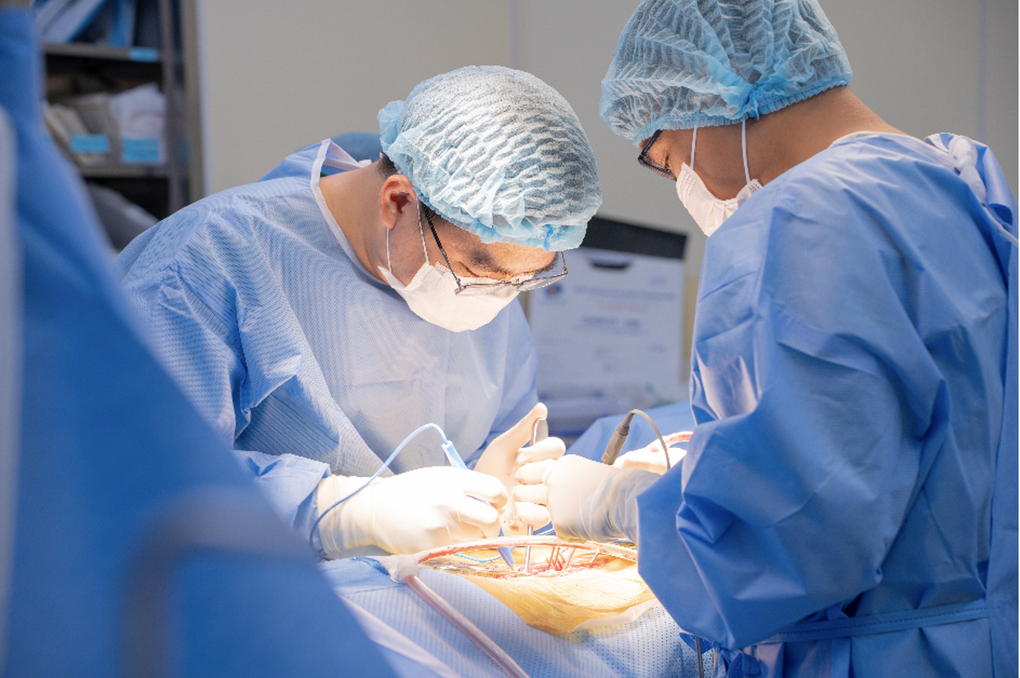
Doctors at South Saigon International General Hospital perform spinal surgery using TLIF technique (Photo: BVCC).
With an incision of about 12cm, the TLIF technique allows the doctor to directly access the herniated disc area from behind conveniently and safely.
The team successfully removed the herniated disc nucleus pulposus, releasing the compressed nerve root. At the same time, 6 pedicle screws and 2 artificial grafts combined with autologous bone were also placed in the disc space, helping to restore the stability of the spine and support natural recovery.
Thanks to the precision in each operation and strict post-operative care process, just 2 days after surgery, Ms. N. was able to sit up by herself, practice walking with assistive devices and begin the rehabilitation program.
After 1 week of treatment, she was discharged from the hospital in stable health, able to do light activities and exercise on her own.
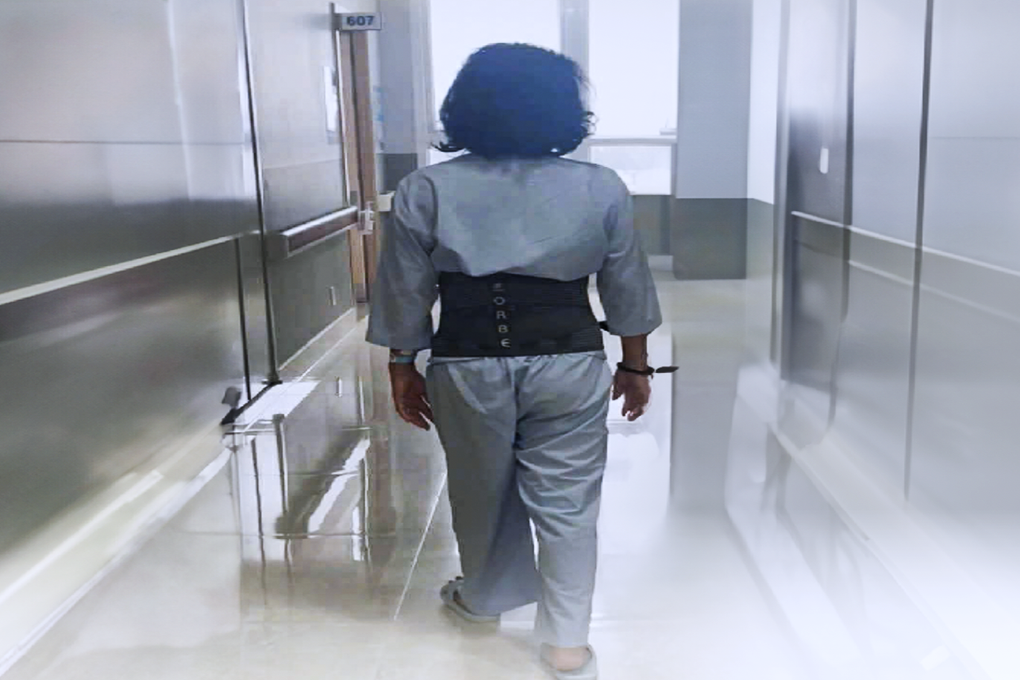
Patient practices walking after 2 days of spinal surgery (Photo: BVCC).
The rapid recovery after such a major surgery not only demonstrates the superior effectiveness of the TLIF technique, but also affirms the high professional competence of the team of doctors in the Department of Neurosurgery - Spine, Nam Sai Gon International General Hospital.
Doctor Nguyen Hai Tam recommends that when experiencing symptoms such as prolonged back pain, pain radiating to the legs, numbness or weakness in the limbs, people should seek early medical attention at a facility with a Neurosurgery - Spine specialist.
“Timely diagnosis and intervention not only help control pain but also prevent dangerous complications and preserve the patient's mobility,” Dr. Tam emphasized.
Source: https://dantri.com.vn/suc-khoe/7-ngay-hoi-phuc-ngoan-muc-khi-tuong-chung-khong-con-kha-nang-van-dong-20250905115604316.htm








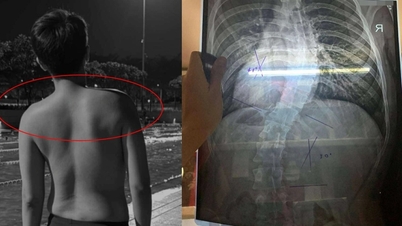


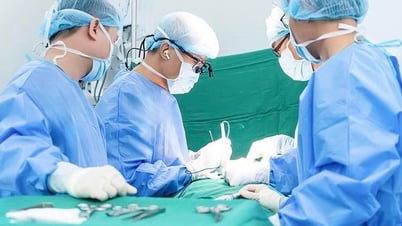







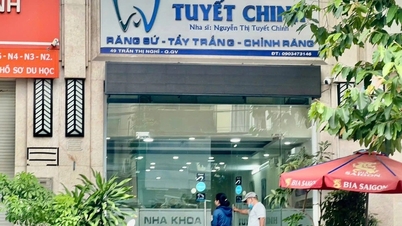


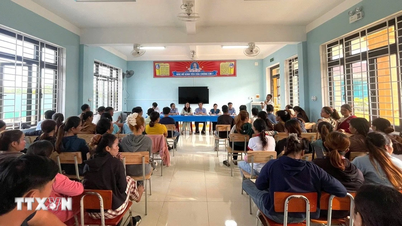









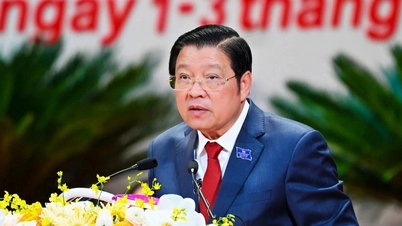

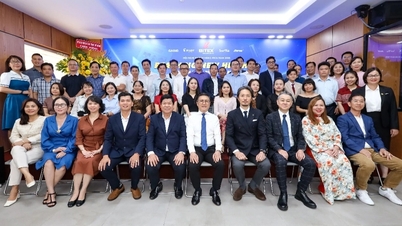










































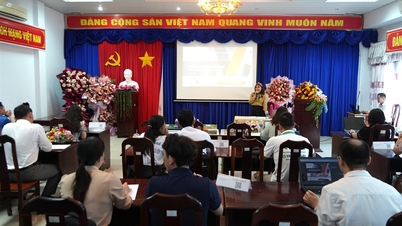
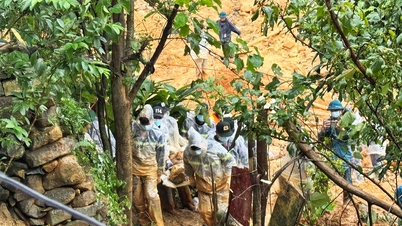

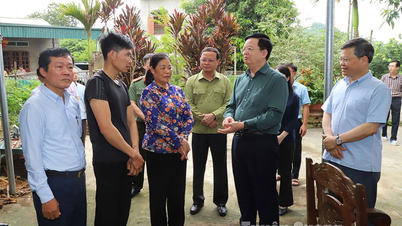
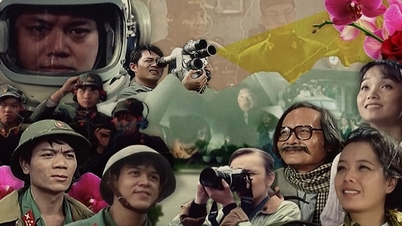

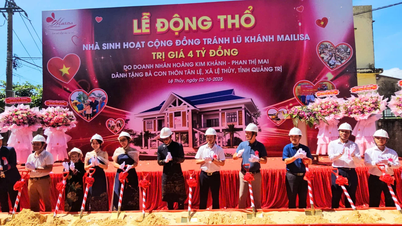
















Comment (0)